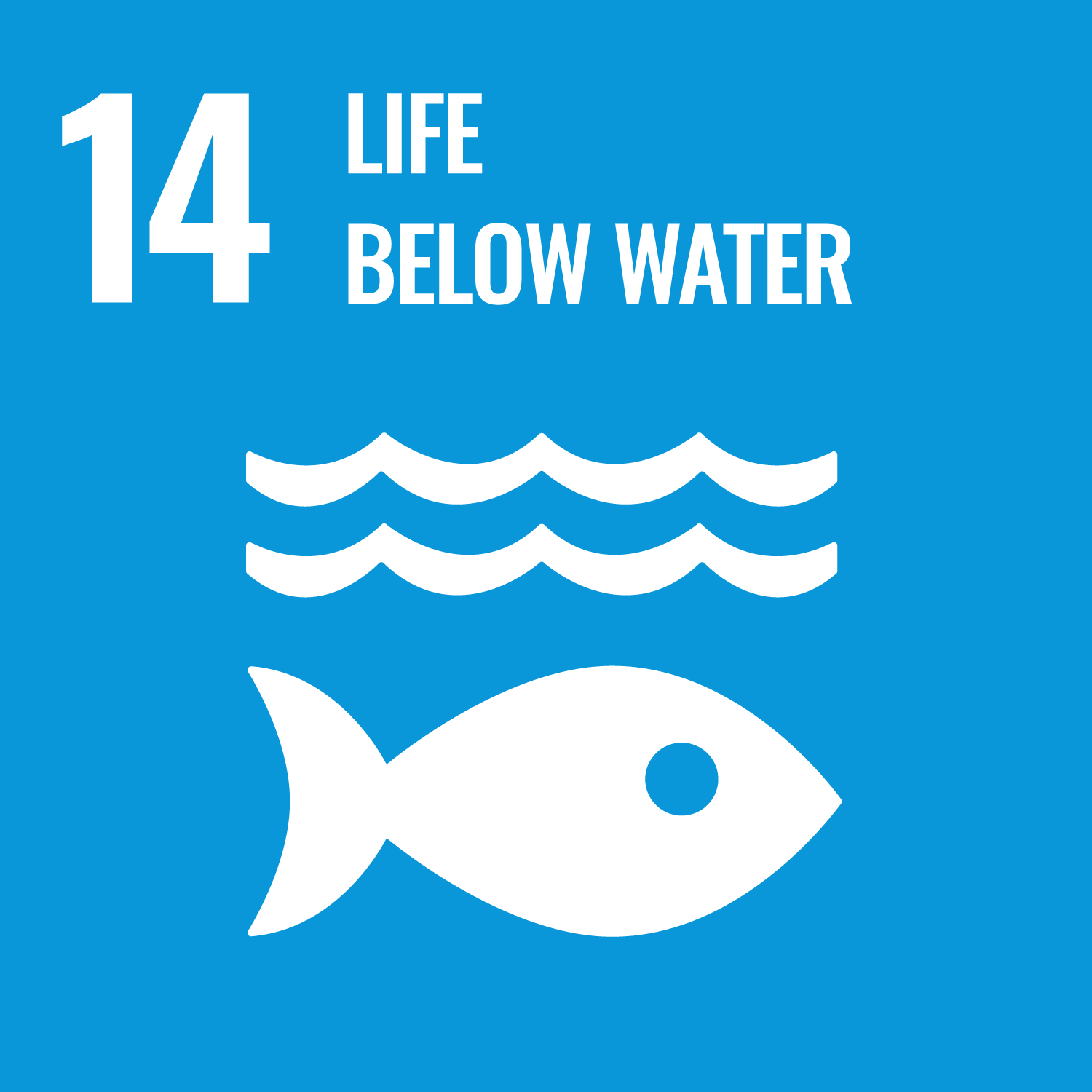ORCID
- Clara Diaz: 0000-0003-3288-6398
- Kerry Howell: 0000-0003-3359-1778
- Philip Hosegood: 0000-0002-4415-7152
- Nicola Foster: 0000-0001-9796-1753
Abstract
Research on Mesophotic Coral Ecosystems (MCEs; 30–150 m) has grown exponentially in the last few decades, highlighting their rich diversity and extensive distribution. However, they are still largely underexplored compared to shallow-water coral reefs and frequently remain under-protected and under-represented in marine spatial planning. One reason for the imbalance between the high ecological value of MCEs and the limited levels of protection may be that baseline data on MCEs are largely missing to date, yet are crucial to provide evidence-based information for management actions. Here, we present data on the alpha and beta diversity of the benthic communities within MCEs in the Chagos Archipelago, Indian Ocean. Using imagery collected from Remotely Operated Vehicle surveys, benthic invertebrate megafauna were surveyed along the entire depth gradient from shallow to lower mesophotic depths (15–160 m). The diversity of the benthic communities decreased with increasing depth, from shallow water to the lower mesophotic zone. Nevertheless, the deepest parts of MCEs in the Archipelago displayed higher species richness values than several other shallow subtropical regions. In addition, the benthic communities showed high dissimilarity along the depth gradient, indicating that the key driver of community composition change with depth is species turnover (species replacement), revealing the uniqueness of MCEs. This study presents novel findings on MCEs in the central Indian Ocean, demonstrating that they host a high and unique benthic diversity, and highlighting the need to protect these ecosystems to preserve the overall biodiversity of coral reefs.
DOI Link
Publication Date
2024-07-29
Publication Title
Coral Reefs
Volume
43
Issue
5
ISSN
0722-4028
Acceptance Date
2024-07-16
Deposit Date
2024-07-29
Funding
This research has been funded by the Garfield Weston Foundation and the Bertarelli Foundation.
Additional Links
Keywords
Benthic biodiversity, Beta diversity, Chagos Archipelago, Diversity patterns, Mesophotic coral ecosystems, Species turnover
First Page
1259
Last Page
1270
Recommended Citation
Diaz, C., Howell, K., Hosegood, P., Bolton, A., & Foster, N. (2024) 'Diverse and ecologically unique mesophotic coral ecosystems in the central Indian Ocean', Coral Reefs, 43(5), pp. 1259-1270. Available at: 10.1007/s00338-024-02535-3



